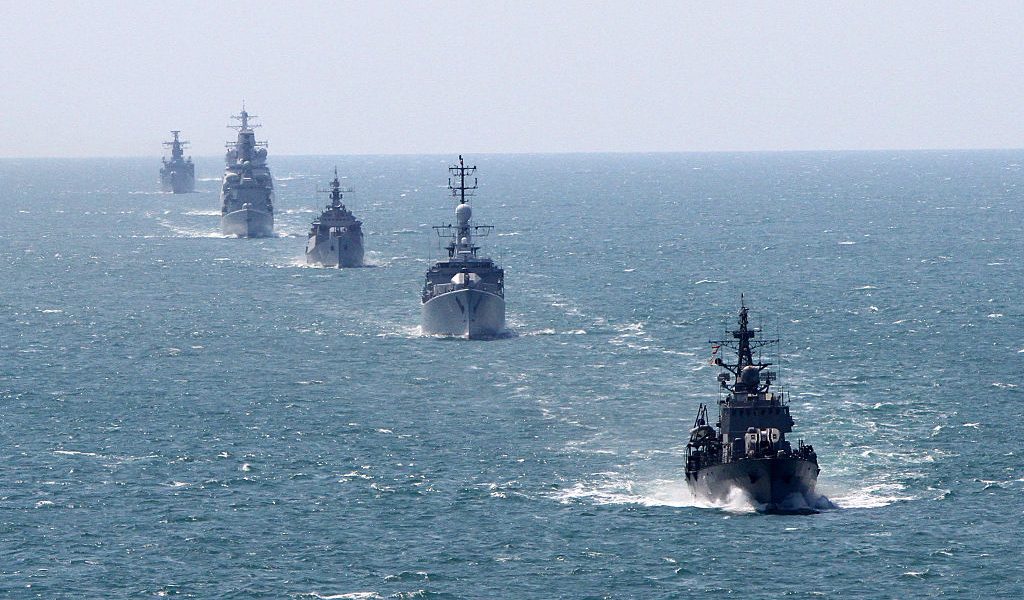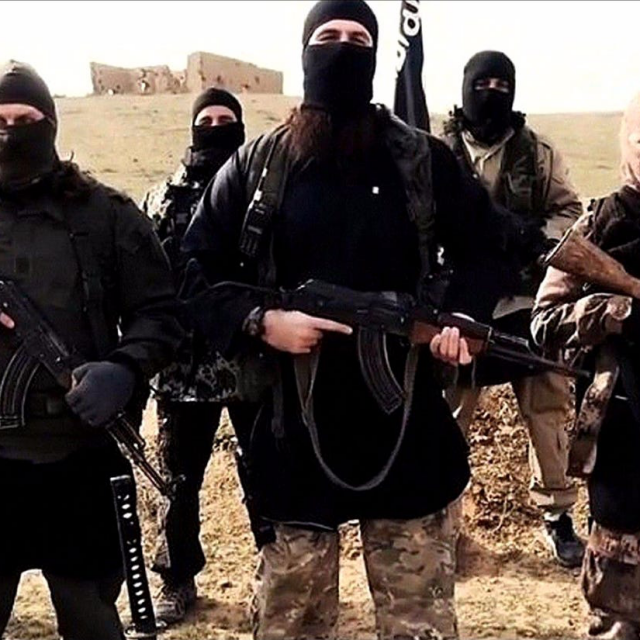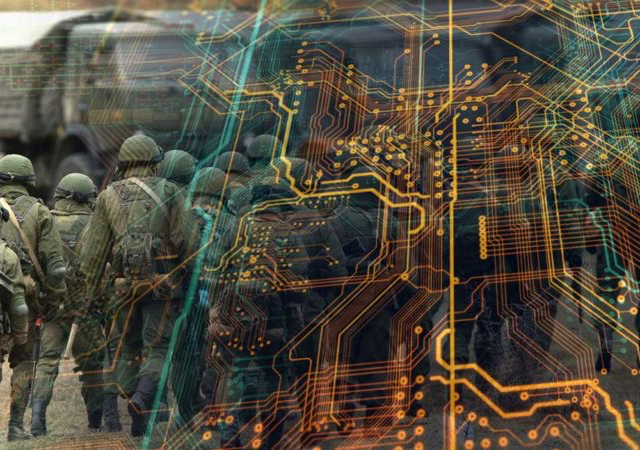In the coming week, the Russian army will focus its main strategic efforts on the southern regions of Ukraine, seeking to directly threaten the country’s territorial integrity.
The tactics of the Russian troops during the invasion revealed two strategic directions in which the Russian army concentrated its main forces and resources: an attack on Kyiv from the north and northeast, using the territory of Belarus as a bridgehead and logistics base, and an attack on the southern regions of Ukraine from the territory of Crimea and Donbass. Both of these areas are of strategic value to Russia in the furtherance of its objectives.
The capture of Kyiv will enable Russia to set the image value of the war against Ukraine and show to the international community that “the capital has fallen, and therefore the government has, too.” The occupation of the southern regions is also extremely important for Russia as it allows them to achieve several strategic goals at once: cutting Ukraine off from the Black Sea and the Sea of Azov, depriving it of its sea ports, seizing control of the two Ukrainian nuclear power plants in Mykolaiv and Zaporizhia, thereby turning this into a lever against Kyiv by controlling power supplies. It will also integrate the power system of the southern regions of Ukraine into the so-called “Crimean energy bridge”, connected with Russia’s Krasnodar Territory and the Rostov region, creating “quasi-republics” stretching from Transnistria to Novopskov, fully controlled by Russia, and spreading Kremlin propaganda and pro-Russian narratives.
Russia has implemented three different offensive approaches: firstly an attempt to besiege a city (Kyiv), secondly an attempt to break any resistance through massive shelling, regardless of casualties and destruction (Chernihiv, Sumy, Kharkiv, Mariupol), and thirdly an attempt to take a city through soft power or bypassing it from the rear (Kherson, Enerhodar, Kakhovka, Odessa, and Mykolaiv). In Zaporizhia, Kherson, and Mykolaiv regions, Russian troops are trying to encircle strategically important cities, gain control of motorway routes along which they are trying to advance along the Kherson-Mykolaiv-Yuzhnoukrainsk line in order to establish control over the Yuzhnoukrainska NPP and reach the border with Transnistria. This strategy would allow Russia to separate Odessa from the rest of Ukraine virtually without a fight; so far Russia has made no significant attempts to take Odessa by force, unlike Mariupol, the storming of which resulted in unprecedented civilian losses and destruction.
In the near future, it is likely that Russia will attempt to seize the Yuzhnoukrainska NPP with further advance deeper into the southern regions of Ukraine, to create a strategically important corridor from Transnistria to the southern borders of Kharkiv region, by analogy with the Anaconda Loop geopolitical strategy, which consists in blocking sea communications, slaying the country’s resource potential, as well as trade and economic components. This is one of the most difficult challenges the Ukrainian Army is facing in the short term. Any massive redeployment of the Ukrainian forces and hardware from other sectors of the front will immediately result in a Russian attack on the exposed areas. Realizing that significant resources are massed on the outskirts of Kyiv, Russia is trying to make use of its tactical advantage in the south to maximise the area it can seize there. If Russia succeeds in gaining control of these territories, this will inflict major economic losses on Ukraine, sharply increase military threats Russia is posing to the country’s central regions and Kyiv on three fronts, and deliver a blow to Ukraine’s power generation sector.
In terms of political strategy, Russia is trying to thematically “devalue” the issue of Crimea and status of the “LPR/DPR” – by seizing larger territories and establishing pro-Russian puppet regimes there in line with the previously tested principle of the so-called “republics” set up in Donbass. The capture of Ukraine’s southern regions would also neutralise the negotiations between Ukraine and Russia in their current format as it will provide Russia with additional leverage, to bargain from a position of power.




